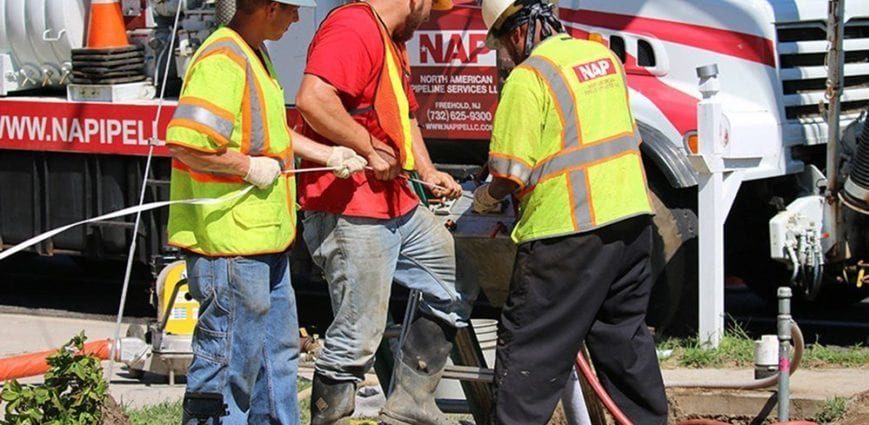What is Infiltration Grouting?
Infiltration control grouting is a process that was developed nearly fifty years ago and is a primary method for impeding the flow of groundwater into sewer systems that are otherwise structurally sound. Many other sewer rehabilitation processes have been utilized since chemical grouting was first used, but it has remained a proven method after all these years due to its longevity and versatility.
What Sewer Connection Points are Most Prone to Infiltration
Within a pipeline, there are certain locations that are more likely to see intrusion from groundwater, which can negatively affect the entire sewer line if unchecked. Here are a few of the most common areas that require infiltration control grouting to keep groundwater out.
- Sewer Pipe Joints
- Sewer Pipe Circumferential Cracks
- Lateral to Main Connections
- Lateral Pipe Joints
- Manhole Rings and Base Joints
- Manhole Brick Structures
- Exposed Annulus Flow Between host Pipe and Liner at Lateral Cutout
- Exposed Annulus Flow between host pipe at Liner Entry into Manhole
Within these easily identified areas, chemical grouting is the only technique that permeates the external soil and voids around the leak, stopping groundwater flow into the collection system and keeping sewage flows within the system.
How Long Does Grouting Last?
The repairs done by chemical grouting when applied correctly and in the right situations have proven to be effective for a long time. Contractors have reported working on pipes with infiltration grouting twenty years after the grout was placed and found it was still keeping out groundwater after all that time. It can ultimately last the entire life of the pipe if done by an experienced team.
The US Department of Energy did a study comparing the longevity/lifespan of 7 different types of grouts and determined a 362‐year half‐life in the soil for acrylamide grout.
Does Grout Prevent Root Intrusion?
Infiltration grouting is primarily used for the purpose of keeping groundwater out of the sewer system and sewage from leaking out of the pipe. Unfortunately, roots are aggressive and will not be stopped by grout if that is all that stands between them and the water within the sewer line, which is their primary goal. Luckily, North American Pipeline Services also deals with root intrusions within sewer lines so if you are having that issue, we can most certainly help.
How Does Grouting Compare to CIPP Methods?
CIPP is a new pipe process, and grouting is a joint maintenance process for sustaining your
existing pipes by stopping infiltration and stabilizing soil bed, preventing groundwater from destabilizing the segments and joints, generating more leaks and pipe failure. If your pipes are in good condition and the joints leak, grout it. If the pipes are broken and fractured, put in a new pipe use CIPP. Grouting is much less in cost, running at 1/3 to 1/5 lining costs.


